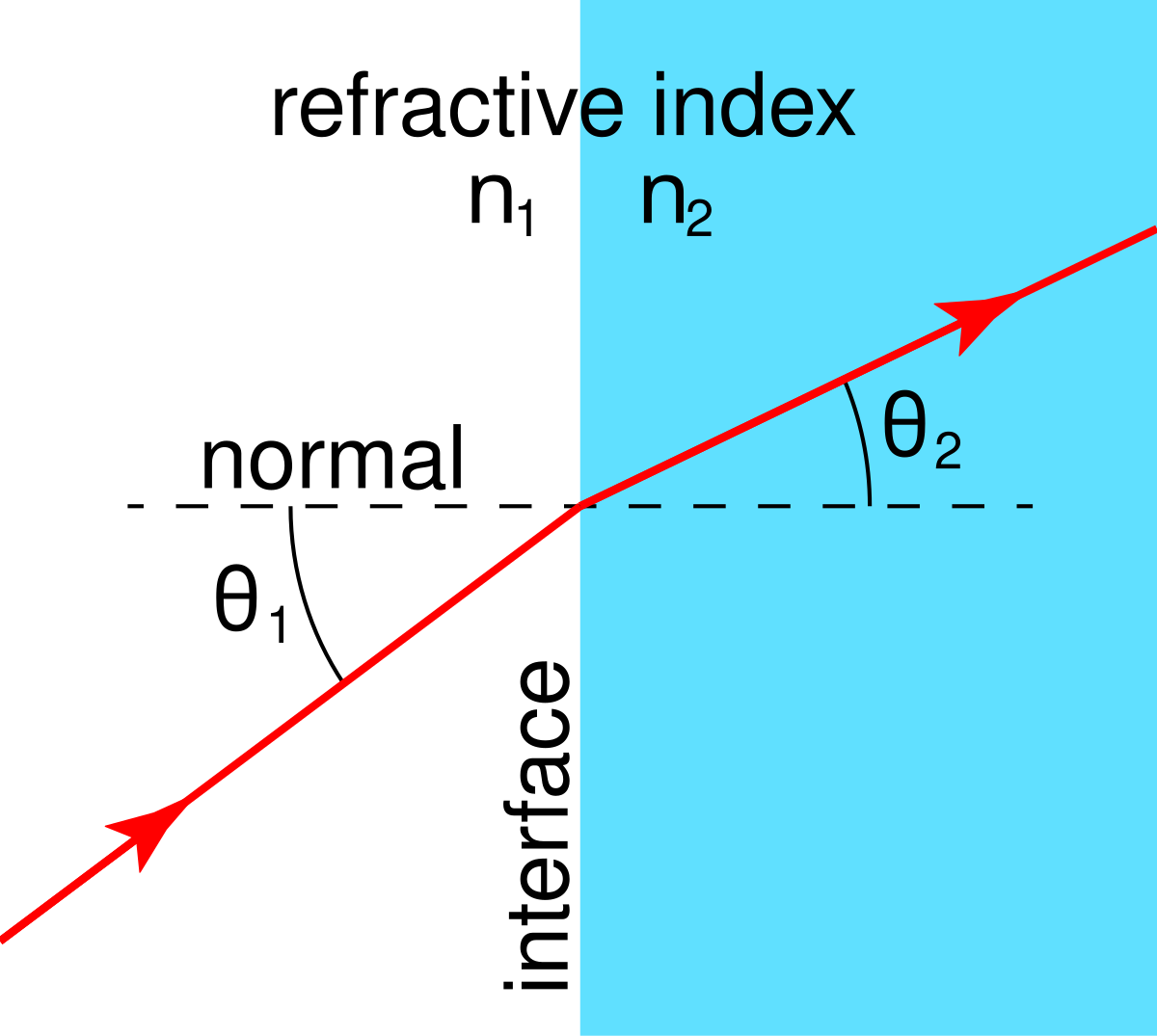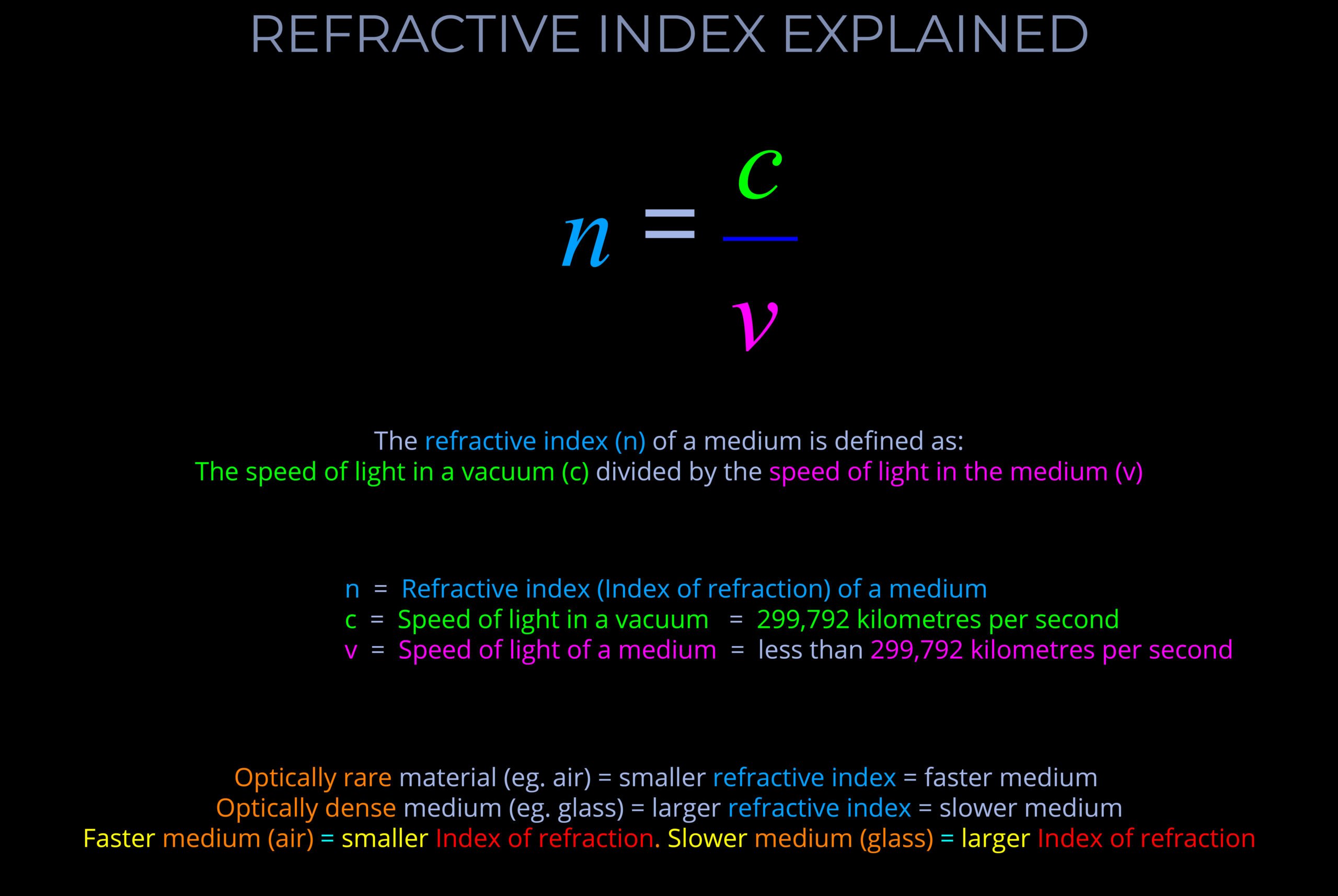Contents

Source: Wikipedia
The Importance of Refractive Index in Optics
Understanding Refractive Index
The refractive index of a transparent optical medium is a crucial factor in determining how light behaves within that medium. It is defined as the ratio of the speed of light in a vacuum to the speed of light in the medium. This property influences phenomena such as refraction, reflection, and diffraction at optical interfaces.
Calculation and Dependencies
The refractive index can be calculated from the relative permittivity and permeability of the material. It is important to consider the optical frequency, as the refractive index can vary significantly at different frequencies. The refractivity, defined as the refractive index minus one, is commonly used for non-dense media like air.
Wavelength Dependence
The refractive index of a material varies with the optical frequency or wavelength, known as chromatic dispersion. Glasses and crystals typically have refractive indices in the range of 1.4 to 2.8 in the visible spectrum, with values increasing for shorter wavelengths due to absorption characteristics.
Temperature and Other Influences
The refractive index of a material can also be affected by temperature, stress, and chemical composition. Semiconductors, for example, exhibit higher refractive indices than glasses due to their absorption properties. Understanding these variations is essential for applications like nonlinear frequency conversion and optical fiber design.
Measurement Techniques
Various methods, such as refractometers and spectrophotometry, are used to measure refractive indices accurately. These measurements are crucial for a wide range of applications, including gemstone identification, liquid concentration analysis, and material characterization.
Negative Refractive Indices and Contrasts
In some cases, materials exhibit negative refractive indices, leading to phenomena like negative refraction. Understanding refractive index contrasts between different media is important for guiding light in optical fibers and minimizing distortions in laser systems.
Conclusion
The refractive index plays a fundamental role in optics, influencing how light interacts with materials. By studying and measuring refractive indices accurately, researchers and engineers can optimize optical systems for various applications.

Source: lightcolourvision.org | lightcolourvision.org
Feel free to comment your thoughts.



